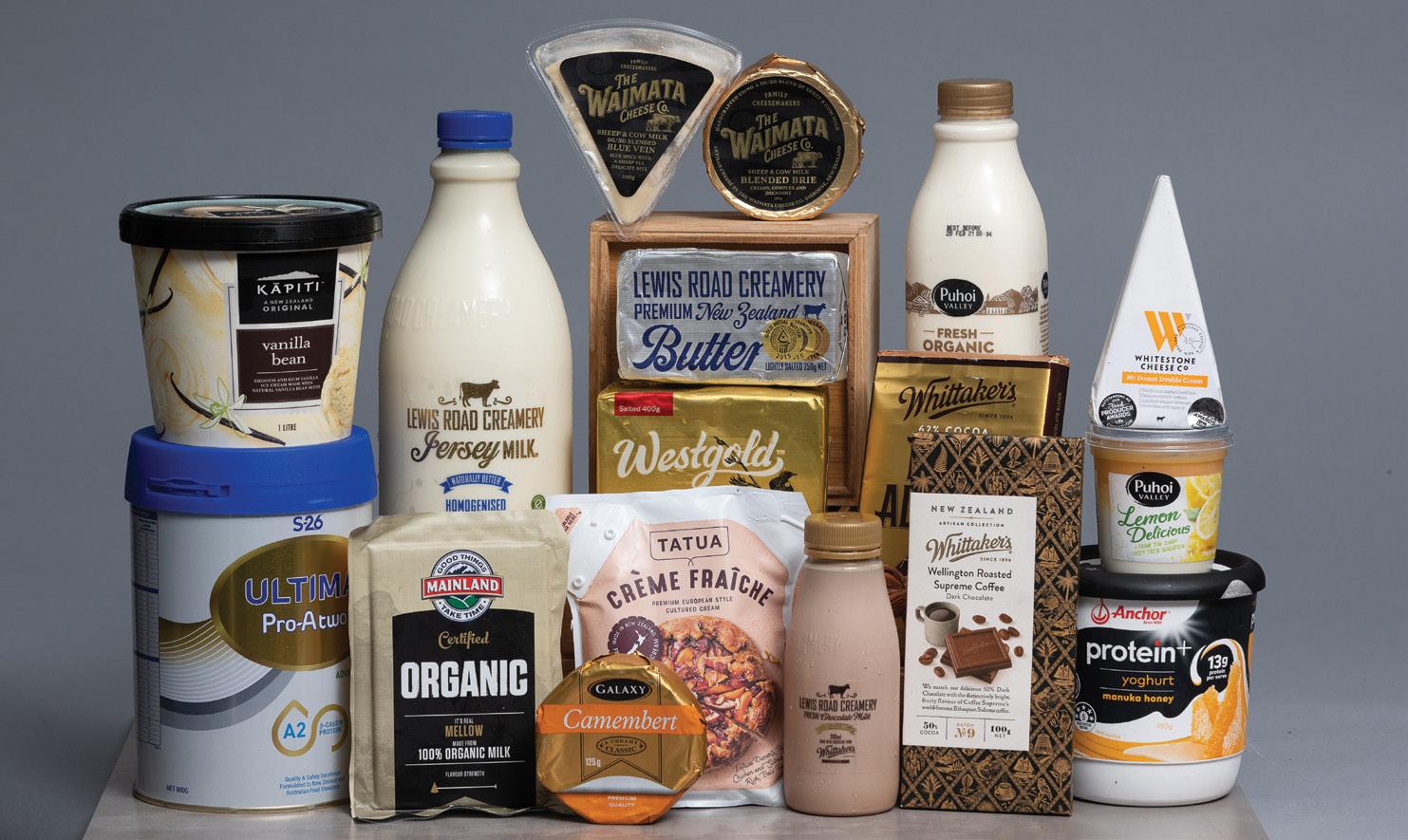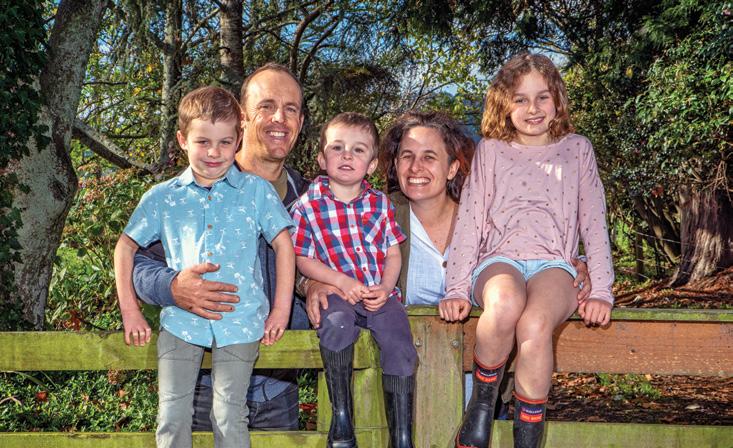SYSTEMS PLANTAIN TRIALS
AgResearch principal scientist Cecile De Klein with the trial plots of plantain at Invermay near Dunedin.
Plantain crops yield reduction in soil nitrous oxide levels AgResearch trials near Dunedin may be a solution for dairy farmers to reduce greenhouse gas emissions. Karen Trebilcock reports.
T
rial plots of plantain grown by AgResearch at the Invermay campus near Dunedin might be one of the keys to solving dairy’s greenhouse gas problem. Although plantain is well known to reduce nitrogen in urine when it is eaten by cattle, AgResearch principal scientist Cecile De Klein said it appears there may also be something happening in the soil. The trial plots at Invermay, grown for the past three and a half years, show 30% less nitrous oxide (N2O) is emitted from urine patches on soils growing plantain compared with areas growing ryegrass/ clover mixes. “There is something in the sward, something in the soil where the plantain 44
is growing, that changes the amount of nitrous oxide emitted,” she told farmers at a DairyNZ Explore Your Options field day in late March. “We do know the plant structures, including the roots, are very different to grasses and clovers but we do not yet know why less nitrous oxide is entering the atmosphere from the soils these plants are growing in.” Figures crunched at Anne-Marie and Duncan Well’s dairy farm near the Invermay campus showed stitching in 30% of plantain into pastures reduced nitrogen leaching losses by 15%, and nitrous oxide by 5% using Overseer modelling. Even replacing only 10% of the pasture
sward with plantain reduced nitrous oxide emissions by 2%. Due to the cost of stitching plantain, there was also a 2% loss of operating profit. With little research on how plantain holds up in southern, heavy soils, and how it performs putting milk into the vat, Duncan said he was unsure if he would add to the plantain already growing on the farm. Other modelling using their farm showed wintering cows in a barn changed greenhouse gasses only slightly, as did wintering on instead of wintering off. Young stock are grazed off the 217ha effective farm with all cows wintered off except for 45 of the 665-cow herd and the modelling included the off-farm grazing.
Dairy Exporter | www.nzfarmlife.co.nz | May 2021


























